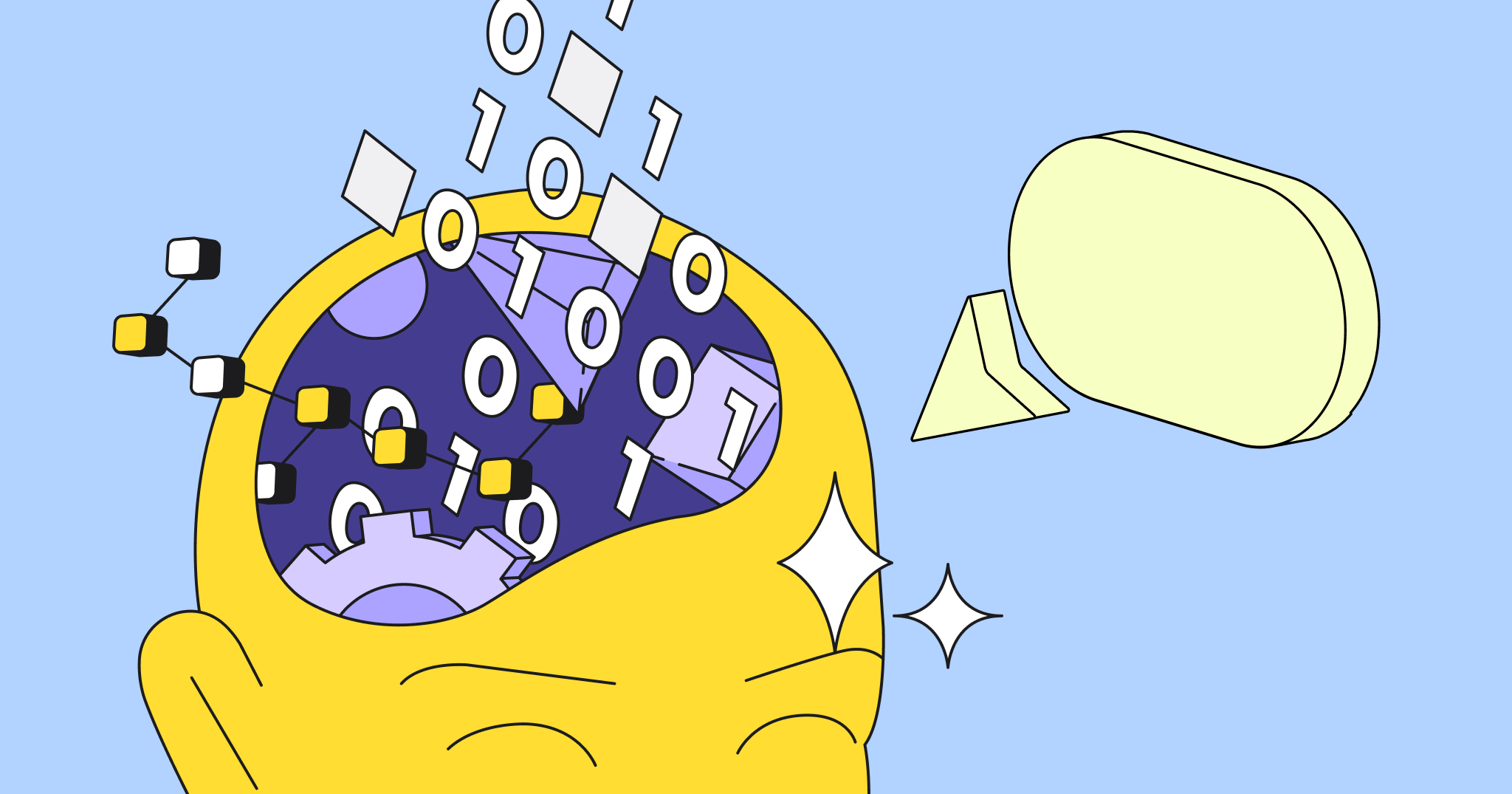When it comes to fueling creativity and innovation, brainstorming is the golden child. It’s an opportunity for your team to collaborate, think big, and spitball all of your boldest ideas. It’s full of energy, enthusiasm, and imagination.
But when that session is done? Crickets.
All of those audacious suggestions that seemed unmissable in the heat of the moment do nothing more than collect dust — until your next brainstorming session when people inevitably ask, “Hey, why did we never…?”
Brainstorming doesn’t do your team any good if you don’t pursue the worthwhile ideas you generate. Yet, making the leap from idea to action can be one of the toughest parts. We’re here to help with five tools and strategies to act on your best ideas (rather than abandon them).
1. Centralize your ideas
Making the most of your team’s ideas starts well before your brainstorming session. You need one centralized spot to collect everybody’s suggestions. Without that, ideas end up spread out amongst random sticky notes, whiteboards, spreadsheets, and documents. That makes it almost impossible to pick which ones to start with.
Ahead of your brainstorming session, set up a board in Miro where everybody can collaborate and add sticky notes during your conversation. If you don’t want to start from scratch, you can use a brainstorming template:
- Brainwriting template
- Card brainstorming template
- Reverse brainstorming template
- Sticky note packs template
While brainstorming might resemble loose, freewheeling conversations, your team still needs a system to capture their brilliance and make informed decisions about the next steps.
2. Prioritize your ideas
Most brainstorming sessions focus on rapid ideation, which means teams focus on quantity over quality. There are no “bad” ideas at that point. Your goal is to keep the wheels turning and come up with as many suggestions as possible.
That approach keeps the energy high but also produces an avalanche of ideas. Some are good but others aren’t the right fit. Some are time-sensitive and others can happen later.
You need to make sense of that before you can take any meaningful action. So, once your team has all of their ideas in one spot, it’s time to filter through them and put them in order. There are plenty of templates that can help with this, depending on what you’re prioritizing:
- 3×3 prioritization method template: Prioritize features and ideas based on customer impact and effort
- Priority matrix templates: Prioritize ideas based on urgency and importance
- RICE prioritization template: Prioritize project and product ideas based on reach, impact, confidence, and effort
A long list of potential projects can be overwhelming. This step helps your team put all of your ideas into categories that are more brain-friendly.
3. Develop your action plan
Knowing which ideas you want to act on is a solid start, but you need more than a decision. You need direction. That’s where action plan templates come in. It breaks your ideas down into more manageable tasks and deadlines so your team can start making progress.
For example, perhaps your team’s idea is to create a self-serve customer knowledge base. Your action plan will detail the individual to-do’s (like identifying topic categories, drafting content, and creating the landing page) along with who’s responsible for each task and when it’s due.
A Kanban board is a simple way to hash out your next steps in a flexible and visual way. Create cards for individual tasks and track progress as your team gets to work.
4. Simplify your next steps
Bridging the gap between idea and action can feel overwhelming. So, anything you can do to reduce the cognitive demand can make the process feel more doable.
Technology can help here. Miro Assist is an AI partner that can push you and your team toward your next steps even faster. Whether you need to create a presentation to get leadership buy-in or quickly create an action list, Miro Assist uses the content on your board to make those things happen instantaneously.
Additionally, letting go of perfection is another way to reduce the cognitive load of your team’s next steps. They don’t need to get work done flawlessly right out of the gate — they just need to make progress. Creating a low-fidelity prototype encourages your team to get something in motion, without getting too hung up on the details.
5. Integrate ideas into your workflows
Too often, brainstorming is treated as a special opportunity or initiative. But innovation shouldn’t be separate from your team’s normal workflows. If you want to prioritize creativity (and more importantly, action), then you must integrate your ideas and next steps into your team’s daily work.
When you decide which ideas to pursue, don’t relegate them to their own isolated space. Weave them into your team’s normal tools and workflows.
For example, if your team actively works in Jira, Miro’s Jira integration will keep your team’s ideas and tasks moving fluidly across Miro and Jira (without you needing to manually update either place). Implementing ideas becomes a natural next step — not a distraction or disruption.
The magic of brainstorming is in ideation and execution
Most people talk about brainstorming as a hallmark of creativity and innovation. But ideas themselves don’t lead to innovation — you need to do something with them.
That’s where a lot of teams come up short. When the brainstorming session is over, there’s no follow-through and their nuggets of brilliance are soon abandoned and forgotten.
You can do better. Use this guide and you’ll translate your team’s ideas into action.




